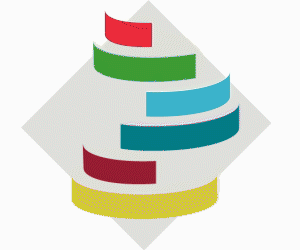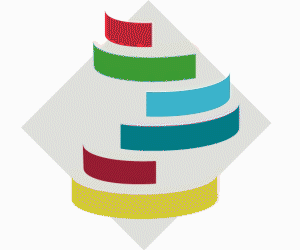Every year, EDUCAUSE releases its top 10 IT issues for the coming year, giving higher education IT leaders an idea of the trends they can expect to see in learning, administration, workforce and emerging technology.
Susan Grajek, vice president of partnerships, communities and research at EDUCAUSE, presented this year’s list at the organization’s annual conference in Denver. The report features input from a panel of higher education leaders from the U.S. and the U.K. and focuses on the concept of foundation models.
“It’s really important that we revise our foundations to adapt to post-pandemic realities,” Grajek tells EdTech. “And today, technology fuels just about everything an institution needs to do.”
The idea of foundational models, Grajek said in her presentation, is inspired by developments in artificial intelligence — a metaphor that carries throughout higher education.
“I think the most important takeaway is that it’ll be up to higher ed IT leaders to adapt these foundational models to their institutions, culture, leadership, financials and size,” Grajek says. “But the three basic foundations involving leadership, data, and working and learning, they really will apply to every institution, in some form or other.”
Higher Ed ITDMs Will Lead the Way with Wisdom
Higher education IT leaders are tasked with driving their organizations’ IT missions while mentoring their organizations and staffs. These leaders should be able to offer insight into the future of technology and how it relates to the institutional missions, operations and culture.
Click the banner below to access exclusive content as an EdTech Insider.
“Higher education technology leaders have a formidable challenge: They need to call on both head and heart, both strategy and execution, to serve as their institution’s technology leader and to inspire, lead and manage their IT organization and staff,” Grajek said in her presentation. “They need intelligence, experience and empathy. They need wisdom.”
The IT issues that affect how higher education IT leaders can lead with wisdom are:
- A Seat at the Table. IT leadership should be included as a full partner in strategic planning.
- Evolve, Adapt or Lose Talent. IT leaders should foster a workplace that supports movement throughout levels on the team based on personal and professional goals.
- Enriching the Leadership Playbook. Engaging, empowering and retaining the IT workforce means leaders must lead with humility and candor.
Analytics Leaders Work to Create the Ultra-Intelligent Institution
Data and analytics are key to providing higher education IT leaders with actionable insights that allow them to make meaningful change at their institutions.
WATCH: Check out our full interview with Susan Grajek below.
“Data is as indispensable as technology for operating a college or university,” Grajek said. “But what makes data essential to modern management is the uses that are made of it.”
The IT issues that will help leaders create ultra-intelligent institutions are:
- Privacy and Cybersecurity 101. Privacy and cybersecurity education and awareness should be included as part of curriculum and in the workplace, so everyone is aware of their rights and responsibilities.
- Smooth Sailing for the Student Experience. Data analytics and other technology can help create a seamless experience for students.
- Expanding Enrollments and the Bottom Line. Data analytics have the potential to identify academic programs that can aid in recruitment return on investment.
- Moving from Data Insight to Data Action. Data analytics can be converted into action plans to boost institutional performance, operational efficiency and student success.
Click the banner below to follow along with all of our coverage from the 2022 EDUCAUSE Conference.
When It Comes to Working and Learning, Everything Is Anywhere
When the pandemic first hit, remote learning and working were stopgap measures put in place indefinitely. Now, administrative leaders have recognized that tasks can be completed from anywhere, just as efficiently as before.
“The campus consists of both physical and digital entities,” Grajek said. “Institutional data is stored, transmitted and accessed on campus computers, home computers, portable devices, cloud servers and other institutional solution providers’ machines. Everything is anywhere.”
The IT issues that demonstrate that everything is anywhere are:
- A New Era of IT Support. IT services should be updated to support remote and hybrid working and learning.
- Online, In-Person or Hybrid? Yes. Educational strategies will be enabled by technology and dictated by learning, not location.
- SaaS, ERP and CRM: An Alphabet Soup of Opportunity. Enterprise technologies are being transformed and freeing up IT professionals to more directly contribute to university business goals.
Keep up with EdTech: Focus on Higher Education’s coverage on our EDUCAUSE event page and via Twitter with the hashtag #EDU22.













